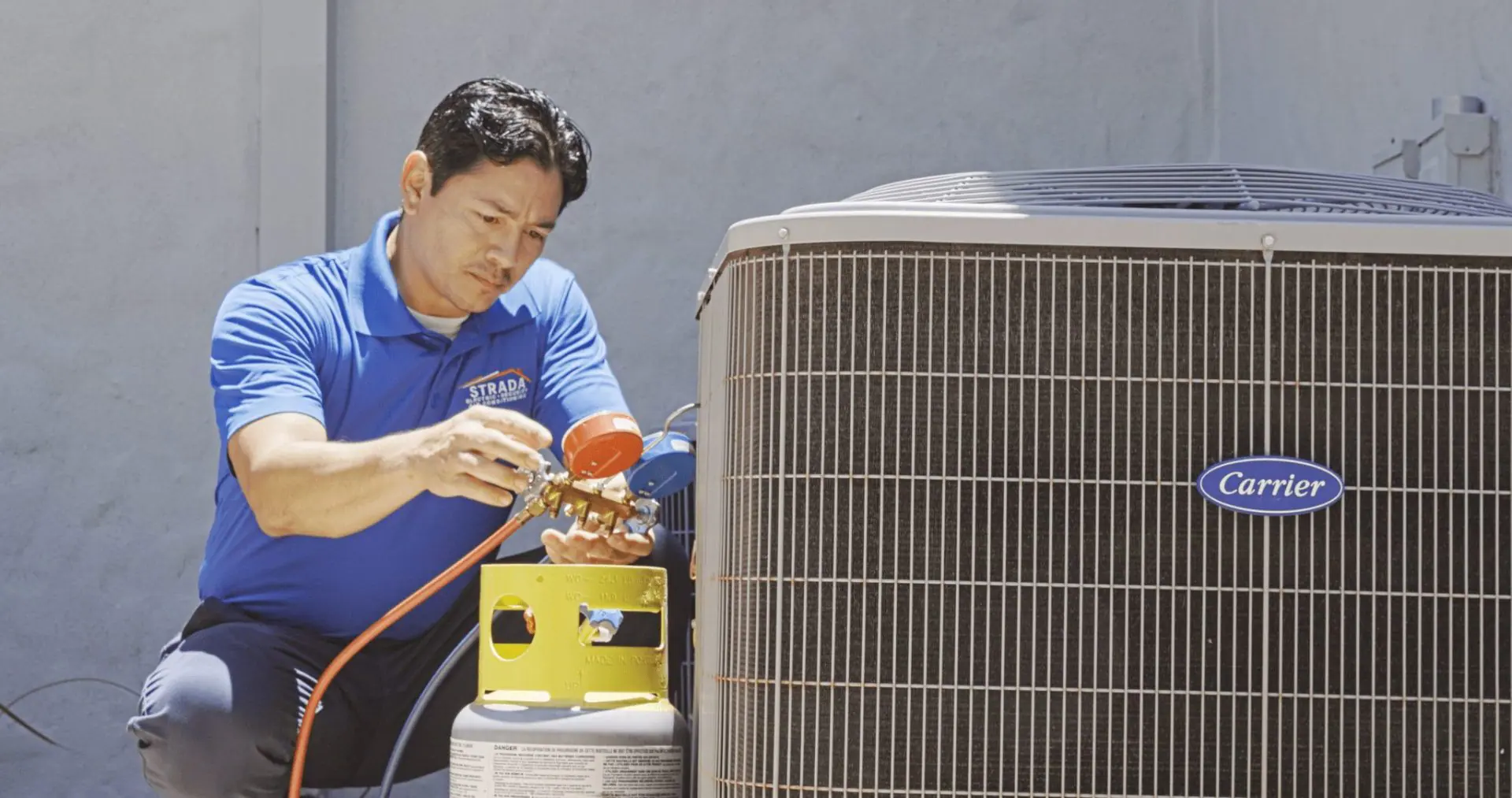Ceiling Repair With Cracked, Lose Or Sagging Plaster
Most ceiling repairs are pretty much going to be water damage, somebodies foot, or something falling through drywall (from attic) or plaster and it’s related problems. Thankfully, the techniques to repair are similar whether it be drywall or plaster. Drywall gives you more versatility with inexpensive materials and tools. Actual plaster repair involves a 3 coat method with specific materials and requires a little more expertise or skill level.
Cracks in drywall usually appear at the joints or corners and may be due to 2 things, 1, poor original taping job and 2, framing movement or deterioration of the wood, which is more likely the culprit, but cracks just showing up on the surface area is very unusual. Cracks in drywall are more common around doors and windows. Now if you have plaster then you can have cracks showing up anywhere which is common for older homes with plaster, it is just the nature of it.
As long as the plaster is not falling away and is still secure to the lath and framing, then you can go ahead with general drywall taping procedure except for 2 things, first, clean and prime with a good gripping primer, (most plaster is quite glossy) and secondly use 2 inch fiberglass mesh tape instead of paper tape. Paper tape will work on thin fine cracks, but for the wider cracks use mesh tape. Remove any lose plaster before taping and fill flush with a fast set 20 or 40 minute mud. If the cracks are real fine, rub some latex caulk in them and wipe smooth with a damp clean rag, it may do the trick, if they reopen, then you will have to tape them.
Holes in any ceiling from breakage or water damage requires removing the damaged area, plaster or drywall, to the joists in a square shape and placing a piece of drywall back in it’s place and taping and finishing it with 2 – 3 coats of all purpose drywall mud and or topping. Always apply tape or mesh with all purpose mud to get maximum adhesion. Topping is great for 2nd and 3rd coats as it trowels real smooth and is easier to sand.
Some minor lose plaster, whether walls or ceiling, can be injected with a newer type glue that re-bonds the plaster to the lath, of course it has to be pushed back into place and supported while it is setting up. If the ceiling has to much damage, cracks, and lose material, and is to far gone, or it would take a lot of work to make it look good, then the other option to consider is to over sheet the ceiling with 3/8 inch drywall. You then get a new surface to work with.
One more option and it is a lot more work, but I would only recommend it after the previous methods are not working, and it can be a mess, and that would be to remove all the old plaster and lath and install all new 1/2 inch drywall. This will allow you to repair any ceiling joists which may be the reason for the plaster failure but will also give you a new, flat surface to work with and no more problems with that ceiling again.

